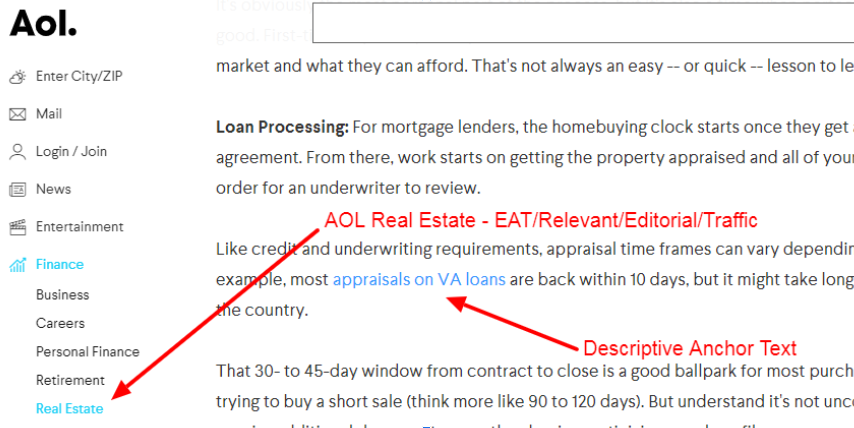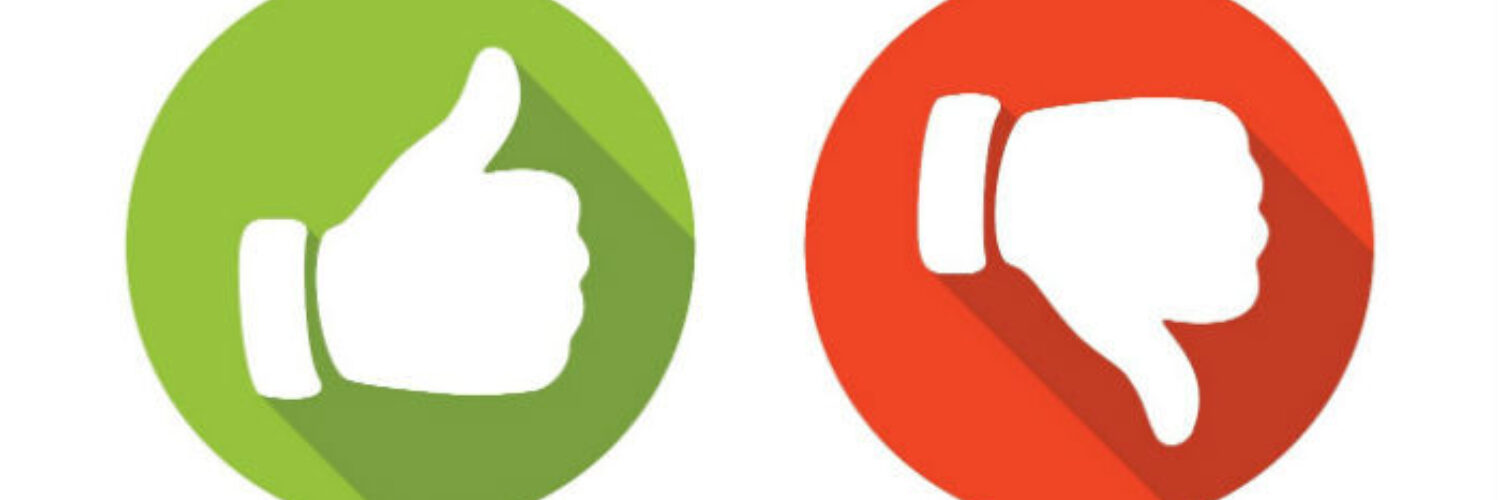Lesson 6.2: Good and Bad Links
Article by: Matt Polsky
Before laying out how to evaluate a link, let's first understand what a "good" and "bad" link looks like.
In the simplest terms, if a link is easy to get, it's likely not very valuable or "good." Conversely, harder links – those editorially placed and can drive traffic – are typically the best.
Good Links
According to Google, you shouldn't build links, and any link you manually build is against their guidelines. With that in mind, the white-hat SEO version of a "good" link is typically a link that doesn't look manually built.
Links in this category are:
- Editorial in nature
- Relevant to a page on the site or niche
- Provide value to the user
- Come from an authoritative source (on pages that lots of other sites link to)
- Come from a trustworthy source (respected brands, sites, people and organizations)
- Use contextual anchor text
- Accessible to search engine crawlers
Editorial in nature means the link appears as if you didn't have a choice in the selection, and it was the result of how great the site is.

If you're having trouble deciding if a link is a "good" link, you can always ask yourself, "would this link be worthwhile if Google didn't exist?" If you believe the link would still send traffic, conversions or build you as an authority, it's likely a valuable link.
Bad Links
A "bad" link is any link that blatantly appears to manipulate search results. Bad links include any behavior that manipulates both incoming and outgoing links on your site.
Google calls these "link schemes." Example link schemes that are against Google's guidelines include (but aren't limited to):
- Buying or selling links – including exchanging money for links or posts that contain links; exchanging goods or services for links; or sending someone a "free" product in exchange for them writing about it and including a link.
- Reciprocal linking ("Link to me and I'll link to you") or partner pages exclusively for the sake of cross-linking.
- Large-scale article marketing or guest posting campaigns with keyword-rich anchor text links.
- Creating private blog networks (PBNs) exclusively for crafting links.
- Using automated programs or services to create links to your site (comment spam).
- Creating links that weren't editorially placed or vouched for by the site's owner on a page.
- Advertorials or native advertising where payment is received for articles that include links.
- Links with optimized anchor text in articles or press releases distributed on other sites.
- User or business profile pages with anchor rich links.
- Low-quality directory or bookmark site links.
- Keyword-rich, hidden or low-quality links embedded in widgets that are distributed across various sites.
- Widely distributed links in the footers or templates of various sites (designers do this all the time).
- Forum comments with optimized links in the post or signature.
Link Dos and Don'ts
- DO use good, descriptive anchor text for your links. This applies to internal links, outlinks to other sites, and links you seek from non-biased external sites.
- DO seek relationships from authoritative, topically relevant sites. These include sites that rank well for your target keyword and "expert" pages that link to many authority sites. (For those interested, Majestic has done some interesting work around Topical Trust Flow.)
- DO seek links from relevant pages. This includes examining the title, body, related phrases, and intent of the page to ensure its relevance to your target topic.
- DO seek links that people are likely to click. The ideal link is often both topically relevant and placed in a prominent position.
- AVOID generic or non-descriptive anchor text.
- AVOID over-optimizing your links. This includes repetitive use of exact match anchor text and keyword stuffing.
- AVOID manipulative link building. Marie Haynes has written an excellent explanation of the kinds of unnatural links that you likely want to avoid at all costs.
Our next section looks at a handful of questions to ask yourself when evaluating links.
